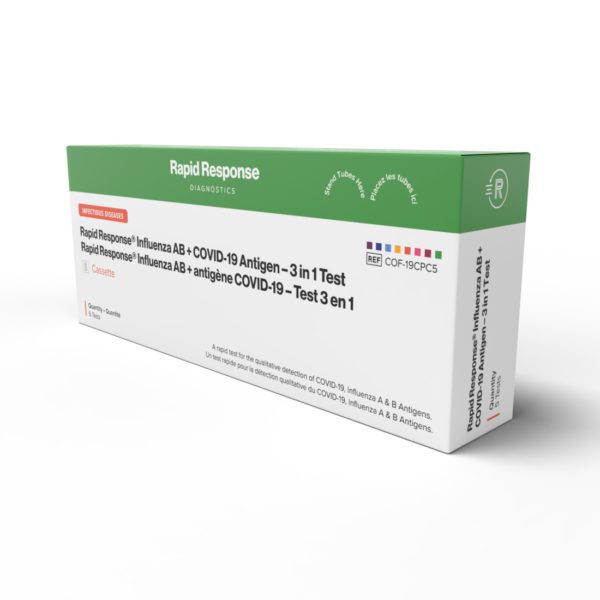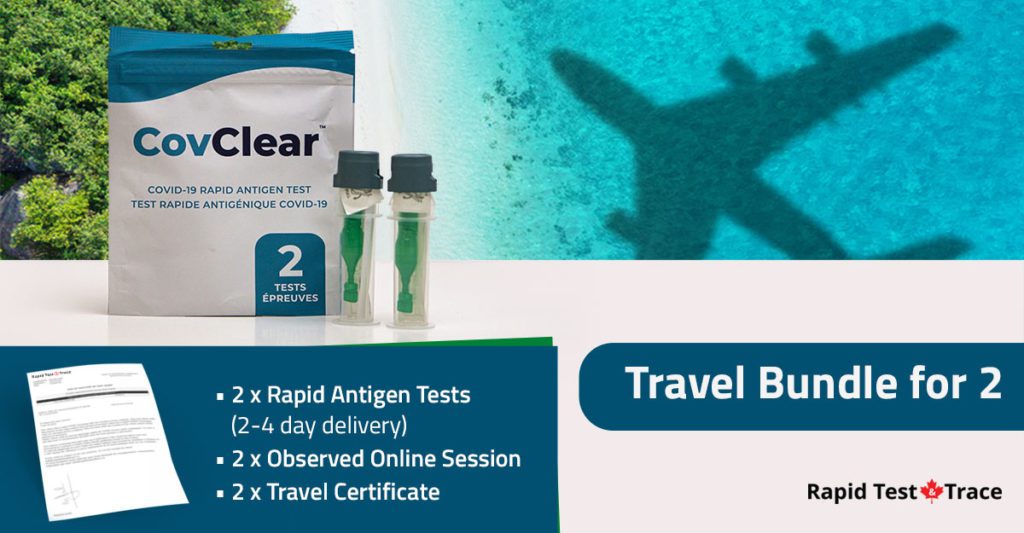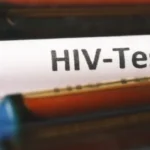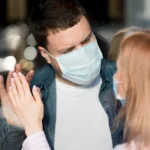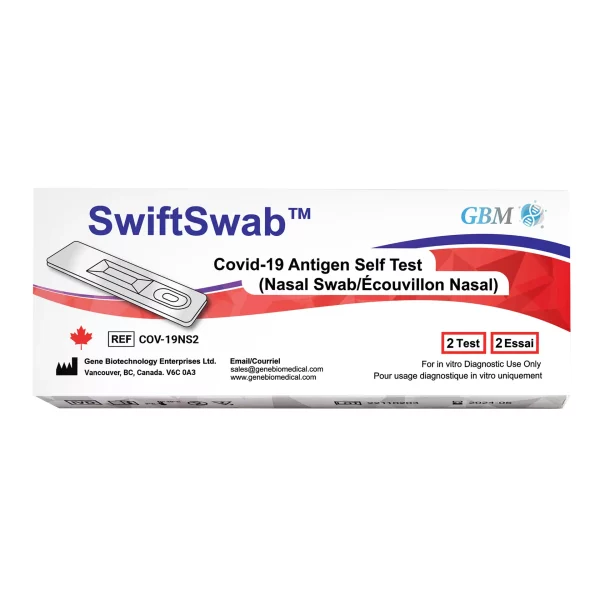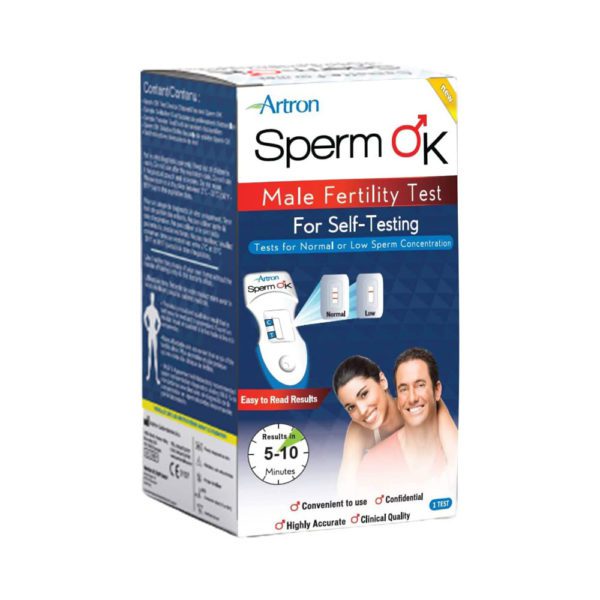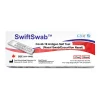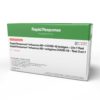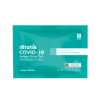Nowadays, it’s crucial to make sure you’re traveling safely during a pandemic. With the COVID pandemic continuing on, government policies are constantly changing.
One of the most important things is to do your research before you go anywhere. Make sure you know what the local guidelines are and follow them closely.
Additionally, it’s important to have reliable testing measures in place so that you don’t get taken advantage of with price gouging or other scams.
Traveling during a pandemic can be tricky, but if you’re careful and prepared, you’ll be just fine!
How has Covid-19 Changed Travel?
Covid-19 has revolutionized the travel industry with everything from hand sanitizers in hotel lobbies to flight crew members wearing masks to contact tracing apps. Travel came to a virtual halt as borders closed and flights were canceled, with the United Nations’ World Tourism Organization declaring that every major travel destination on the planet had implemented some form of travel restriction.
The World Travel and Tourism Council has established a number of procedures to cover the new normal for businesses as various as airlines, retail establishments, hotels, and restaurants. Cleaning, sanitizing, wearing masks, infrared scanners, reduced touch points and limited capacity will all have an impact on the future of travel.
Canadian families that would historically seek vacation spots overseas or in the United States to scratch their travel itch are now seeking destinations closer to home. It’s no surprise that Canadian tourists are looking towards locations within Canada and even in their own province.
Families and those with the travel bug are opting for road trips, weekend getaways and adventures all across the country. While typical destinations like Niagara Falls, Toronto and Vancouver remain popular, tourists have been less inclined to visit these high traffic areas. Other, more remote locations, are being explored for their beauty and charm.
This does not mean travel to other countries is gone for good – rather many in the travel industry believe it will have its renaissance, and come back stronger.
With this pause in travel, people are able to be much more intentional in how and where they choose to travel. More conscious traveling, off the beaten path alternatives, off-season planning, they all expand the norm of what people have done prior to the COVID-19 pandemic.
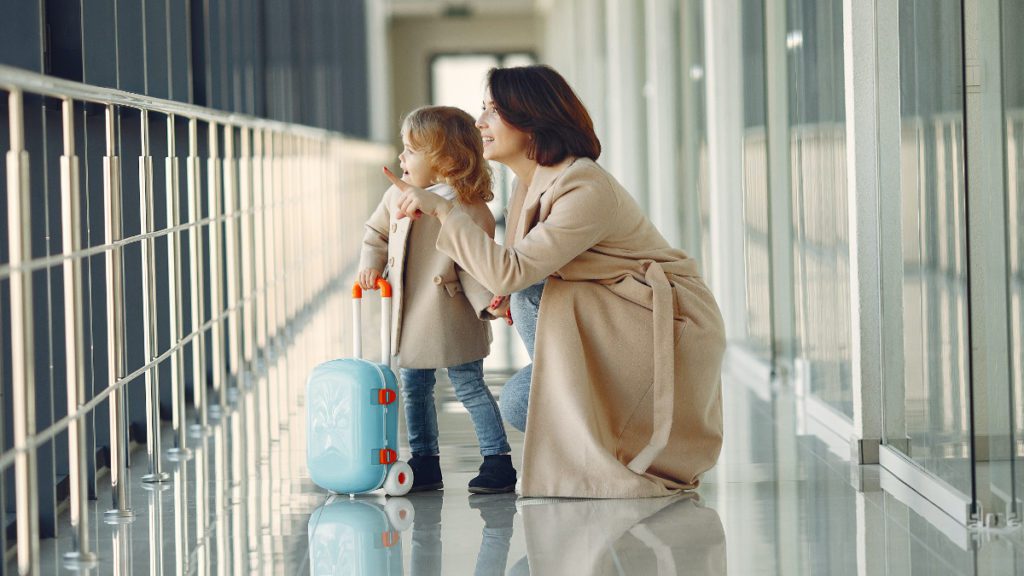
Researching Local Health Guidance
When going to any destination, it is crucially important to research the local public health guidance for both domestic and international travel. What are the guidelines for social distancing? Are there any travel advisories? And most importantly, what are the
testing or entry requirements?
It is critical to understand what local health regulations apply in your arrival location so that you are not fined, price gouged for tests and subjected to unanticipated quarantine on your trip or vacation. Traveling with an at-home rapid testing kit is a great alternative to paying local rates that generally target international vacationers in popular spots.
Before you leave home, it’s also important to be aware of what medical services are available in case of an emergency. Make sure you have an action plan in place if something unintended happens, so you have the confidence of medical coverage no matter where you are.
Even though your travel may be a vacation, the destination is home to the people who live and work there. Amongst others, making sure you avoid COVID-19 transmission is
one of the many reasons to follow local public health authorities.
Do You Have COVID?
Help Your Contacts Stay Safe
Send your close contacts a coupon to get $5 off their next order of tests
Get StartedTraveling By Plane During A Pandemic: Is it Safe?
Is it safe to fly in the age of Covid-19? For almost two years, this has been a topic of debate. The airline sector claims that the danger for passengers is quite low; and it seems, independent researchers have agreed. They stipulate that the risk to passengers isn’t significant, however, it’s difficult to assess with real accuracy. Regardless of the odds of catching coronavirus on a flight, they’ve gotten more daunting as the omicron variant has spread.
Since the 1980s, aircraft manufacturers have installed HEPA filters on their planes, which can capture viruses as small as the particles. COVID-19 is generally spread by tiny particles that people emit from their noses and mouths, known as aerosols which travel through the air and can be breathed in. This is among the top reasons why airlines encourage passengers to wear a mask when not eating or drinking during the flight.
Some older aircraft, on the other hand, employ less efficient filters. Cabin air circulation is split into segments and moves from the ceiling to the floor rather than from front to rear, which should minimize particle movement along the length of the aircraft. Despite these modifications, the data suggest that seat and cabin arrangement as well as how full the aircraft is may have an influence on particulate flow.
Furthermore, when planes are parked at the gate, these ventilation systems may not be completely operational as when the plane is in flight. A flu outbreak was caused in 1979 when passengers were kept on board a grounded plane with the ventilation system turned off. Most airlines ensure that they are keeping the ventilation systems operating until everyone has left the aircraft.

Order Your HIV Self Test
<bConfirm your status. In the comfort and privacy of your home.
Precautions While Traveling During Covid
Given the high standard of cabin air and the numerous safety precautions in place, there is very little danger of COVID-19 infection aboard a plane, according to the International Air Transport Association (IATA), which represents airlines across the world.
That being said, there’s always a risk of COVID when you go anywhere, whether it’s by air, on the bus or to the post office. For most people, it’s an acceptable risk. There are a few key protections to keep in mind when traveling:
Get vaccinated
The greatest level of protection against the virus is achieved by vaccination with Covid and a booster if one is available to you.
Mask up
Wearing a medical-grade mask, such as the tight-fitting type known as respirators but at the very least surgical masks, rather than cloth ones, has become increasingly important for public health professionals. Some researchers advise waiting until others around you have replaced their mask before removing yours. Taking off a mask for an hour-long meal service on a 12-hour flight, according to researchers in March, raises the normal probability of infection by as much as 59 percent compared to continuously covering.
Carry a rapid test kit
Nobody plans on becoming sick, especially when traveling. If you end up feeling symptoms of COVID, a rapid antigen test kit can provide nearly instant peace of mind. There are many types of Health Canada approved rapid antigen test kits on the market; most of which only need a single swab sample to provide results.
Keep your distance
Avoid touch with other people and high traffic objects as much as possible, and keep a safe distance from them. Avoiding face-to-face contact is especially critical in these public settings.
Be Safe, The World is Your Oyster!
Ultimately, it’s up to you how and where you want to travel. That being said, there are facts you should keep in mind when making decisions when abroad. For example, If you’re sick or considered high risk to contract COVID-19, it is probably best to stay home.
Doing your research to follow local health authorities guidelines can help you identify the level of risk you are willing to tolerate. Going somewhere with no restrictions whatsoever may seem great to some, and a nightmare to others.
No matter what your decision, if you prepare before your travel you take control over many of the risk factors at play. In this constantly changing world, having that peace of mind is paramount.

